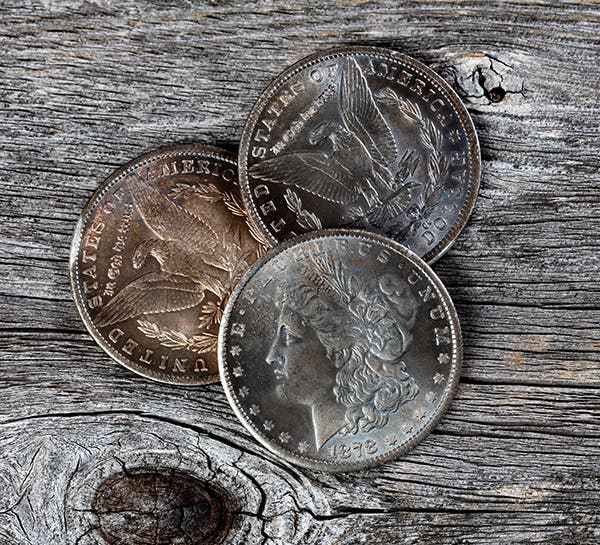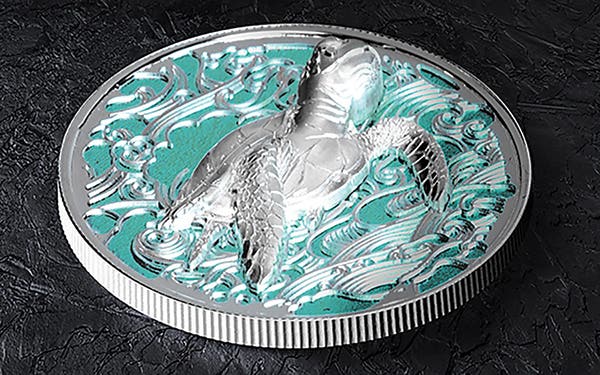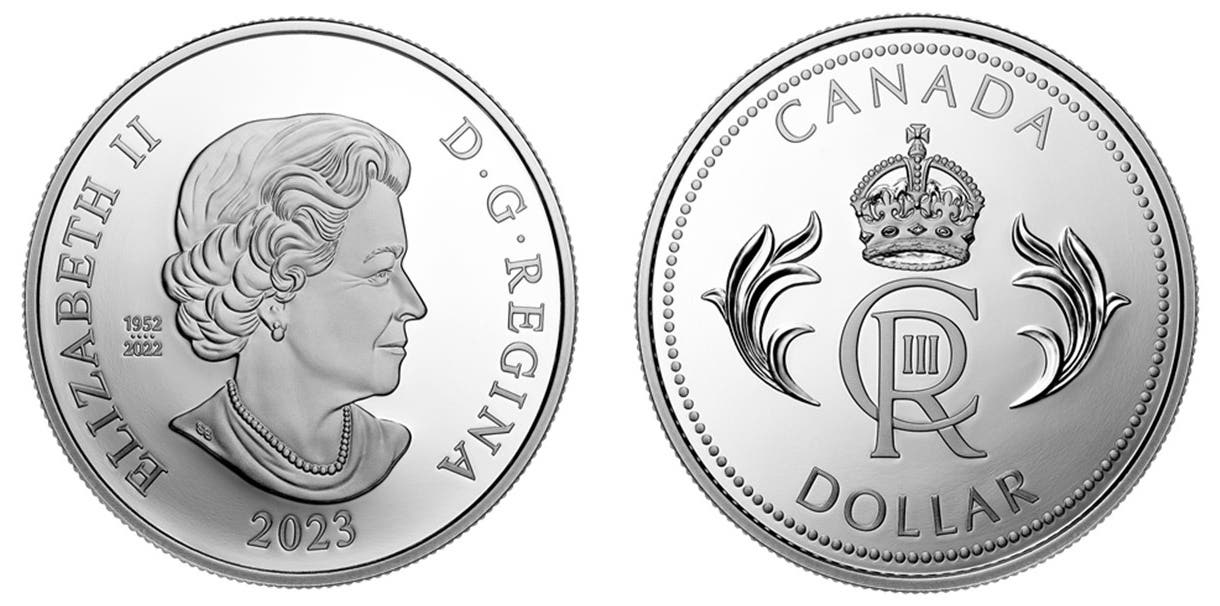Between One Pope and the Next – the Sede Vacante Coins
Sede Vacante coins mark the rare periods between papal reigns with unique numismatic history.
Collectors of world coins are aware that when a monarch passes away, the design of the coins of that nation usually changes the very next year. The recent example of which most of us are aware is the passing of Queen Elizabeth and the ascension of King Charles to the throne of the United Kingdom of Great Britain and Northern Ireland. The queen’s face graced the coins of Great Britain through 2022, and the new king took the spot in 2023. But there is one nation, albeit a tiny one, for which the death of the man on the coins means his face is immediately removed – the Vatican.
Vatican City is the smallest nation, with an area of 109 acres, all surrounded by the city of Rome. This tiny nation represents the last territory of what was once called the Papal States, which used to be a formidable area in the center of Italy up until 1870. For quite a long time, the Vatican issued lire coins that were in lockstep with those of Italy. After the switch to Euros, the Vatican changed, again keeping in stride with Italy.
Curiously, when a pontiff passes away, as Pope Francis did on Easter Monday, April 21, the Vatican changes its coinage to the Sede Vacante pieces. The term is Latin for “Vacant Seat.” The image, which shows the prominent symbols of the pope, such as the keys of Saint Peter, but not any face, remains on the coins until the world has another pope. That means the Sede Vacante coins are issued when the Papal Conclave has been called, the discussions have been presented, the votes have been cast, the white smoke has been seen coming from the chimney of the Sistine Chapel, and finally, the senior cardinal proclaims, “Habemus Papam” – the Latin for, “We have a Pope” – from the balcony of the Basilica of Saint Peter.
How many are made?
So, how long are Sede Vacante coins produced for? This depends on how long it takes to get to the end of the discussions and the votes and get to a new successor to the keys of St. Peter (considered by Catholics to be the first pope). Before 1939, when Pope Pius XI passed away, the Papal Conclave took longer to convene since the College of Cardinals could not travel by air. Since then, each Conclave has assembled somewhat faster since Cardinals can hop a flight to Rome to attend, just as we could if we ever got invited. For example, the Sede Vacante coins of 1958 saw mintages that were not too large. When Pope John XXIII was elected in 1958, the Conclave only lasted three days, hence the low numbers.
For collectors who want to see just how many different Sede Vacante coins they might assemble or even get a sample of, those issued for Pope John Paul II's death are rather special simply because they are not Lire coins—they are Euros. This was definitely a new chapter in a very old ritual.
How often are they made?
Coins of Vatican City are minted constantly, and indeed, aficionados of world coins are aware that the Vatican has an impressive production of commemorative coins as well, one that has numerous different themes to it. But these are either regular or commemorative issues, not Sede Vacante issues. No, the Sede Vacante coins only come out after the Pope has passed and before a new one is installed. This means only a handful of them were issued in the twentieth century and even fewer in the twenty-first. And none have been issued with more than one year on them.
What year saw two sets of Sede Vacante coins?
In one of the stranger twists of fate, the year 1978 stands as unique in the history of the Vatican in that it is the only year in centuries during which a pope passed away and another was elected twice. Pope Paul VI passed in June of that year, and a non-circulating 500 Lire piece was issued that was 0.835 silver. Pope John Paul I emerged as the new Pope but also passed away in September of that year. The end result is that there are two different pieces, each a 500 Lire coin, each with the year on them in the Roman lettering – MCMLXXVIII – something of a lengthy way to write the year of issue.
How we can collect
It isn’t all that hard to determine how a person might go about collecting the relatively rare coins of the brief, various Sede Vacante periods of time. Simply look to see when each pontiff died, then see what was issued for that particular time of transition. At first, we might think that any of these will be expensive. But in a bit of good news, the collecting community for such coins must be somewhat thin, as none are particularly expensive. If we do not have quick access to a dealer who is well-stocked in foreign coins, we can always check in with the folks who do their business in the always-open online entity that is eBay. As with many items that are not all that common but that also do not have a huge fan base, the price tags of these coins can start out as low as something like $20 and seem to end up in the low hundreds of dollars, at least for those in some high level of mint state.
The Sede Vacante coins are seldom at the center of a collector’s radar. That’s probably a good thing, as it means we are not losing popes quickly or routinely. But these special issues can form a fascinating collection for the person willing to step out of their comfort zone to see what they can find and look closely at the coins of the world’s smallest nation.
You may also like:








